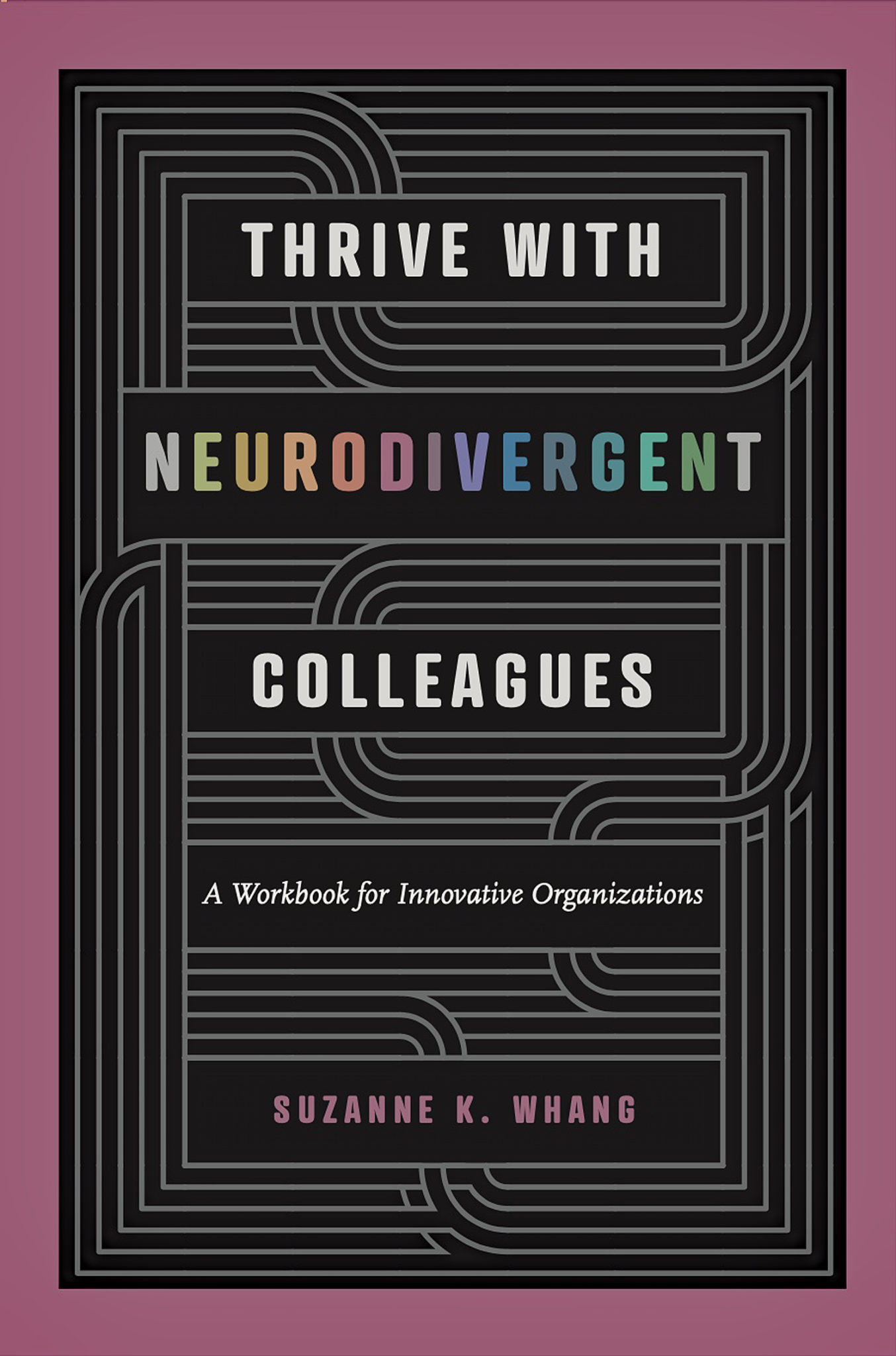Book Review: “Thrive With Neurodivergent Colleagues” Shines Positive Light on How Different Brains Work

Alexandria, VA – Review: Thrive with Neurodivergent Colleagues
Publisher: suzannekwhang.com
Author: Suzanne K. Whang
Reviewed by: Ralph Peluso, Literary Editor
Zebra Rating–5 Stripes
Thriving with Neurodivergent Colleagues, Suzanne K. Whang’s second work on this topic was certainly an eye-opener. Readers may find themselves saying, as I did, “I wish I had all this information decades ago.” The terms neurodivergent and neurodiverse refer to persons whose thought patterns, behaviors, or learning abilities are outside what is considered “normal” or neurotypical.
Neurodivergence is the idea that differences in the human brain are natural. And in many cases, those with neurodiversity are capable of meaningful and positive insights and abilities. Understanding the concept of neurodiversity has gained traction. Whether in the workplace or social settings, people find that differences are not necessarily disabilities, and there are real untapped strengths.
Whang said in our recent interview, “As a parent of a grown neurodivergent son, I saw the gaping blind spot in most organizations in how they hire and work with neurodivergent people, not even realizing they violate the ADA. I saw firsthand how much permanent damage employers do to people in this population, create a hostile work environment, and put their organization in legal jeopardy by discriminating against people with disabilities. Most organizations are ill-equipped and think it’s too hard or too costly or that only large organizations can do this. In the meantime, they turn away talented people and their existing neurodivergent employees suffer in silence.”
Whang intended this workbook to identify and remove unconscious bias in the workplace. The brilliance of her work is in the use of routine conversation among three office colleagues, Harish, Zoe, and Jin, to emphasize the issues and practical solutions. In their first conversation, Harish, who is neurodivergent, reveals his hesitation about disclosing his secret diagnosis. Harish fears if management knows about his differing ability, it could jeopardize his employment. Readers immediately connect with Harish and his associates and find out they will both have his back. Decades removed from managing people on a daily basis, my reaction was, “I wish I knew that then.”
Judy Singer, the noted Australian sociologist and pioneer in neurodiversity, changed the view on autism and Asperger’s forever. She concluded that these were not disorders that needed fixing but a different kind of brain function with abilities that could be tapped. But organizations needed to deal with these employees differently. To accomplish this, organizations needed to evolve.
Change requires leadership with the courage to make dealing with neurodiversity a priority. Then implement bold initiatives that deal directly with the issue, a system of feedback to measure the program’s progress and sustain the effort over the long haul.
Through Harish, Zoe, and Jin, Whang’s workbook unfolds like a mini-novel. After the problem is identified, the organization is set in motion to rethink the scope of areas that need change. Whang highlights fundamental business activities where bias can easily exist, such as recruiting, hiring, and onboarding. For people with neurodiversity, an interview can be nerve-wracking, especially if multiple interviewers are involved. Attentive companies will adjust the interview process and change the focus to proficiency rather than interpersonal skills.
There is a lot of information wrapped in this hard-hitting workbook. The most important aspects of changing workplace culture and unleashing the skills of the neurodiverse are
1) getting started. Companies do not need to have all the solutions at the outset. Just get started;
2) there is no need to hire expensive consulting firms. Employees can champion the process;
3) identify where to get resources from within, for example, start with employees who are also parents of neurodivergent children (they can drive the process);
4) use design thinking and develop a very flexible plan;
5) create and support an empathetic culture.
On this final point, empathy, I again look back and think, “How many times did I take the wrong course of action after reaching the wrong conclusion about an individual?”
Suzanne is an accomplished author, corporate training solutions architect, and the parent of an adult son with autism. Her first work, a novel, I Belong, was inspired by life events. In the book, Seth, a promising star engineering student, becomes constricted to roaming the halls of a state mental hospital. His crime? Having Asperger’s Syndrome.
Seth is wrongfully blamed for a deadly bombing incident at the university, which results from a single student’s misinterpretation of something Seth said. That misinterpretation sets off a series of events that threaten to ruin Seth’s life. He must overcome social challenges while fighting to regain his good standing and save what he has achieved.

Suzanne was born in Geneva, Switzerland, and is an MIT Sloan School of Management graduate. She is also an avid cook.
Within this 60-page workbook is a plethora of helpful and thought-provoking concepts for creating successful outcomes for those interacting with the neurodivergent in a business or social setting. All readers can benefit. Zebra rating: 5 Stripes.
ICYMI: You Can Help Your Child Develop a Love for Reading




